Walking boots Buyer’s Guide
Enjoy walking in the great outdoors more with our expert guide to selecting the perfect walking boots.
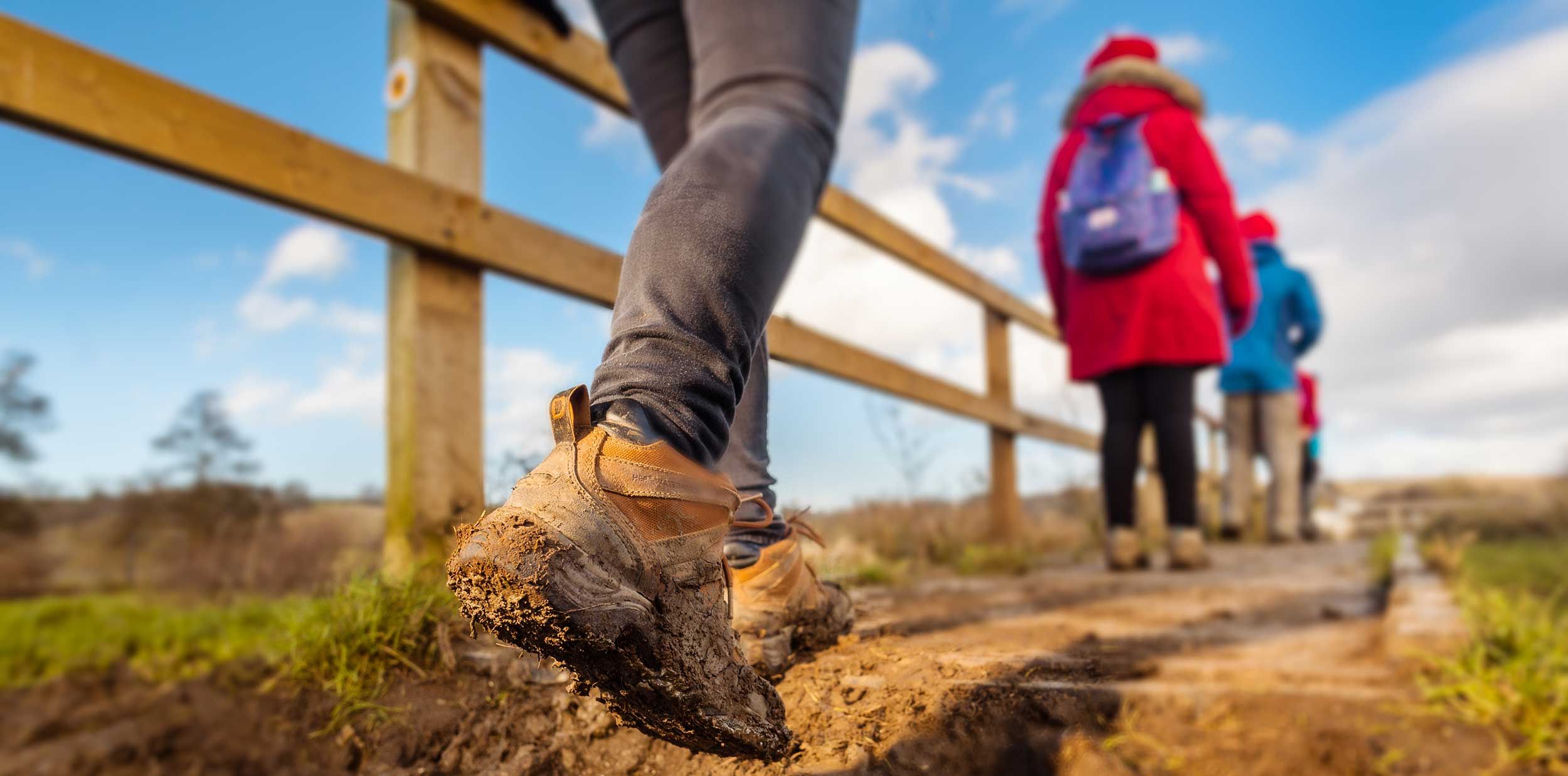
Choosing the right boots for you
Choose the right footwear to get the maximum enjoyment from your walk. Boots that fit perfectly are a joy to wear. They offer support and protection in all the right places.
A good pair of walking boots may cost a little more, but properly looked after, they can keep you comfortable and safe on your feet for many years.
Here are some key considerations when choosing your walking boots.
Where will you be walking?
Thinking about where you will be walking is key. If you choose the right grip for the terrain and conditions where you are most likely to walk, you’ll be safer and more confident. This will leave you free to enjoy your surroundings rather than worrying about your feet.
Paths and flat ground
If you intend to stick to even and well-marked paths, then you can go for a very lightweight style that has a good amount of flexibility. Walking boots and shoes should always be supportive, but by allowing for flexibility your foot can move naturally. This will really help to make them more comfortable, especially when moving long distances over flat ground.
Rocky ground & scrambling
If you will be walking over rocky ground, across scree slopes, or considering some scrambling, then you need a style with a very stiff sole and good ankle support.
The stiff sole allows you to stand and balance on small edges with safety and confidence. The ankle support holds everything in place, stabilising the foot and lower leg.
Of course, many walks include a variety of terrain. We recommend trying on several different styles and giving the boots a good flex. That way you can get a sense for the differences in flexibility, and which one works best for you.
Understand your feet
As well as identifying the type of walking you are likely to be doing, the other important factor is understanding your own feet. If possible, get your feet accurately measured. But also consider the overall shape of your feet. Take into account the width of your heel, the height of your arches and the flexibility of your toes.
We can’t stress enough the importance of correctly fitting footwear. It doesn’t matter how good your boots are; if they don’t fit, they will never work to their fullest potential.
Leather or synthetic boots?
Modern walking boots largely fall into two categories: leather and synthetic. But which one is best for you?
The most important thing is the fit. As long as the boot, is strong enough for the intended terrain, the only boot to choose is the one that fits correctly.
However, if you do have the choice between a leather and a synthetic option, then you may wish to consider the following:
 Leather boots
Leather boots
Leather boots have a reputation of needing to be ‘broken in’. This may have been true in the past, but modern leather boots should be instantly as comfortable as synthetic options. The only real difference is in weight and care.
Leather boots may be slightly heavier, and they may last longer. But this is only true if you care for them correctly. After use, they need to be washed, with an occasional reproofing and conditioning.
Synthetic boots
Synthetic boots need care too, but generally they can take more abuse as the materials are less prone to dry out and crack.
The truth is that construction techniques have come a long way, so the difference between these two styles is increasingly small.
Are they waterproof?
The majority of modern walking boots will be waterproof. This is because of a sock-like lining built into the boot. GORE-TEX® lined walking boots are by far the best known, but there are many, high quality options available.
The great thing about boots with a waterproof membrane is that they can be used in many weather conditions, even when it is dry. This is because of something called ‘breathability’. Breathability allows sweat vapour to escape keeping your feet dry and free from blisters.
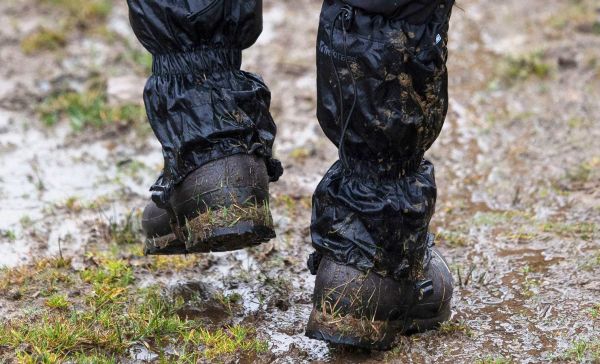
Don’t forget socks
Whether you choose to wear one or two pairs, prefer them thick or thin, up to the knees or around the ankles, socks are in many respects the unsung heroes of footwear performance.
Socks should not be an afterthought, but a central part of your overall footwear. They need to: resist friction, avoid bunching, prevent blisters, provide padding and allow your feet to breathe.
We recommend wearing a sock specifically designed for walking, rather than an everyday, leisure or sports sock.
Take care of your kit
Whether you choose leather or synthetic boots, regular cleaning is essential. A muddy boot will be heavy, absorb water, and won’t feel as comfortable to wear. And a well-cared for boot will last much longer.
Benefit from our expert advice
Our Buyer’s Guides can help you decide which is the best walking gear for you.
Walking gear buyers guides
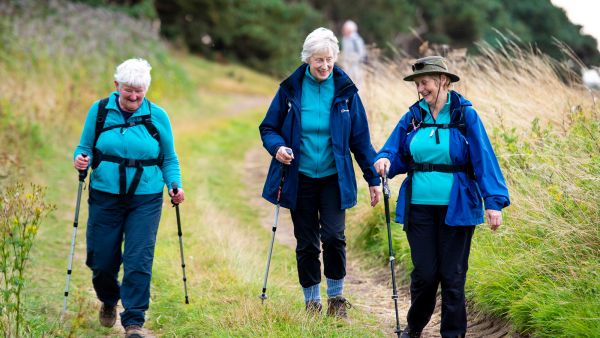
Walking poles Buyer's Guide
You may find walking poles useful for long-distance hikes. Read our expert advice on choosing the ...
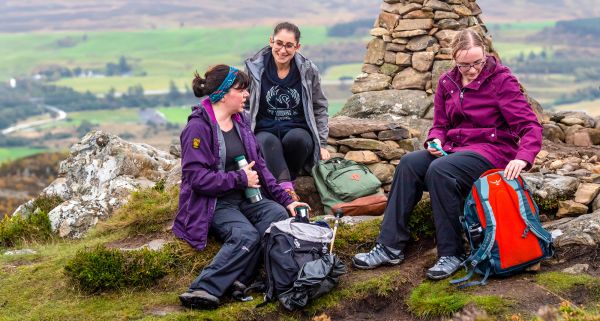
Walking trousers Buyer’s Guide
A good pair of walking trousers will make your walks more comfortable. Read our expert advice on ...
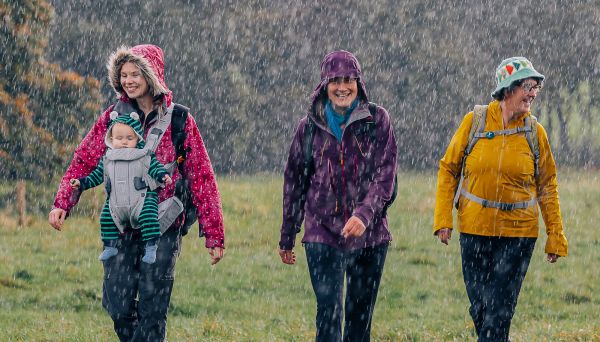
Waterproof jackets Buyer’s Guide
A good waterproof jacket will help you enjoy your walks whatever the weather. Read our expert ...
.jpg?itok=MDxmT0ke)
Walking navigation devices Buyer’s Guide
When striding out on less well-trodden routes, a navigation device can be a useful partner. ...
Looking after your gear

How to care for your walking boots
Save money and be more sustainable by following our guide to keeping your walking boots waterproof, clean and comfortable.